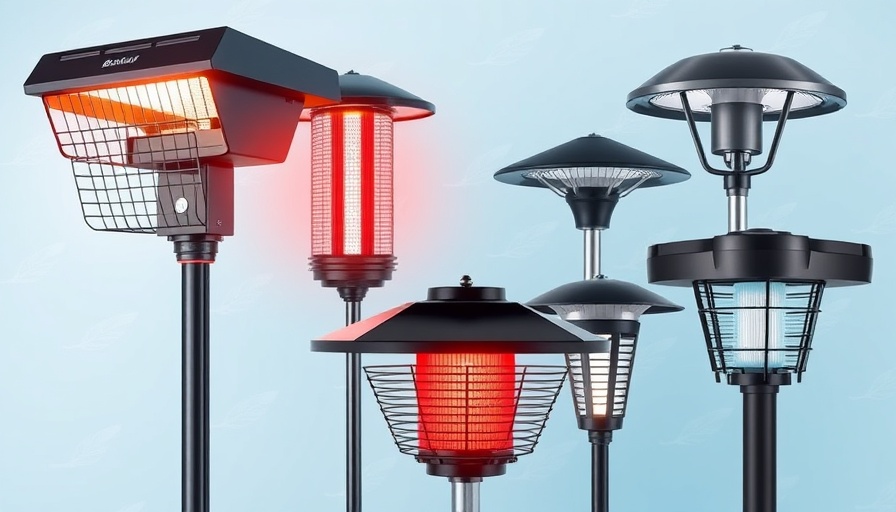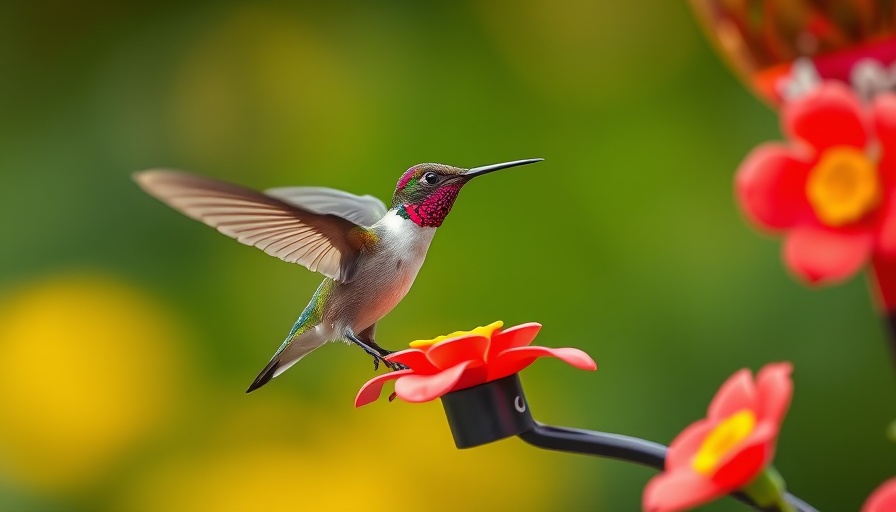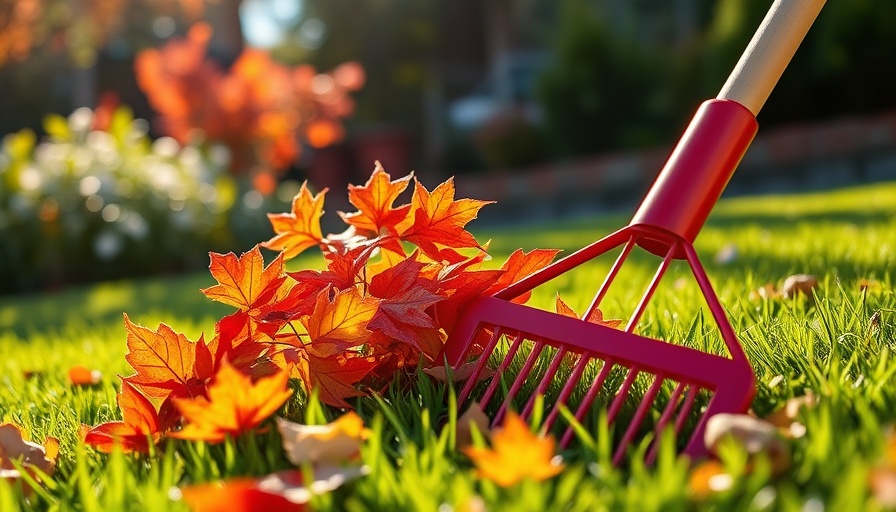
Introducing Stylish Outdoor Bug Zappers: Function Meets Fashion
When warmer months arrive, so do the pesky mosquitoes ready to ruin your evening barbecue or garden party. While many battle these critters with lesser contraptions, why not invest in stylish outdoor bug zappers that not only keep bugs at bay but also enhance your yard's aesthetic? We’ve scoured some of the best deals out there to find bug zappers that balance efficacy with design, making your outdoor space both functional and fashionable.
Why Choose a Bug Zapper?
Bug zappers are a preferred choice for many homeowners seeking to control mosquito populations. Unlike traditional repellents, which can be less effective and often leave a sticky residue, outdoor bug zappers deploy UV light to lure in insects and eliminate them on contact. Recent innovations have made these devices more efficient, making them essential for anyone looking to enjoy their backyard without swatting away bugs incessantly.
The Fashion Factor: Bug Zappers That Don't Cramp Your Style
In the past, bug-zapping technology was often synonymous with clunky, unattractive designs. Thankfully, the market has evolved. Design-conscious consumers can now find a plethora of outdoor bug zappers that blend seamlessly into gardens or patios. From chic lantern styles to sleek, modern units, these products serve their purpose while complementing your landscaping. Imagine sipping your evening iced tea knowing that your bug zapper doubles as a trendy garden light.
Top Picks for Stylish and Effective Bug Zappers
Here are some remarkable choices that combine good looks with power:
- Solar-Powered Lantern Zapper: Perfect for eco-conscious homeowners, this lantern not only zaps bugs but also uses solar energy to light up your yard at night.
- Modern Wall-Mounted Zapper: For those who prefer a minimalist look, these wall-mounted zappers offer a sleek design that blends well against any backdrop.
- Rustic Table Lamp Zapper: Ideal for garden parties, this zapper imitates an elegant table lamp while keeping pests away.
Future Innovations: What's Next in Bug Zapping?
As technology evolves, so does the sophistication of bug zappers. Future innovations may feature smart capabilities that connect with your smartphone, allowing you to control lighting and zapping times remotely. Imagine being able to adjust your bug zapper to turn on or off at specific intervals to maximize efficiency. Furthermore, the integration of atmospheric sensors could trigger zappers only when pests are detected—an intuitive approach to pest control.
Challenges in the Bug Zapper Market
Despite the advancements in indoor and outdoor insect control, there are still challenges to consider. Bug zappers can sometimes attract beneficial insects, leading to an imbalance in the ecosystem. Select models carefully based on their drawing power and light spectrum to mitigate this concern. Additionally, some homeowners worry about using electric devices outdoors. The answer lies in proper installation and regular maintenance, ensuring that your zapper is effective and safe.
DIY Bug Zapper Enhancements: Customize Your Experience
For the handy type, consider personalizing your bug zapper for enhanced performance. Adding a reflective material around your zapper can increase its effectiveness by directing more light toward mosquitoes. Furthermore, keeping your zapper clean will extend its life and ensure it operates efficiently, reducing the need for replacements.
Final Thoughts: Transform Your Outdoor Experience
Investing in a stylish bug zapper not only protects your outdoor gatherings but also elevates your garden's look. As you gear up for summer, consider upgrading to one of these chic models that keep the mosquitoes away while showcasing your style. With options that adapt to every taste and preference, transforming your yard into a bug-free oasis is easier than ever.
Remember, enjoying the summer means taking proactive steps towards a welcoming outdoor environment. Why not start now with an updated bug zapper? Your future self (and your friends and family) will thank you!
 Add Row
Add Row  Add
Add 



Write A Comment